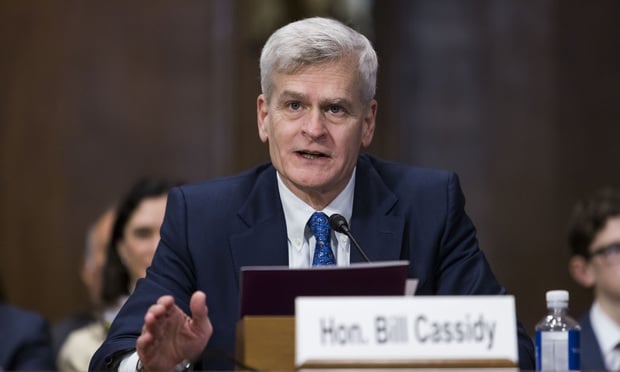(Bloomberg View) — Of all the outrages endured during the financial crisis, perhaps the most perplexing involved money-market mutual funds. In an example of moral hazard writ large, this uninsured risk instrument — with $2.57 trillion in assets — somehow became too big to fail. Five years later, the Securities and Exchange Commission is finally taking steps to address this.
Money-market funds invest in a variety of short-term securities whose values fluctuate. You know, kinda like everything else that trades on a market. However, the funds' net asset value, and thus the share price, was always $1, regardless of what the underlying assets were really worth.
Recommended For You
This is quite bluntly, a fraud, with a couple of twists. First, the true value of these funds was almost never exactly $1, as credit markets moved up and down.
The second part of the charade is that these fund companies were making an implicit guarantee that they would stand behind an investor's account — until they couldn't.
It was a promise designed to be broken and when NAV falls below $1, as it did for some funds during the financial crisis, it is an event known as breaking the buck. Once that happens, investors race to get their money out since the last investors to exist have no guarantee of getting 100 cents on the dollar. This is, by definition, a run on the bank.
Money-market funds are, as the SEC notes, unlike a money-market deposit account at a bank, in that they are not federally insured. The proposal being voted on by the SEC would allow a floating net asset value for some funds, mainly those favored by institutional investors. It would help end the illusion that money-market funds are as good as money in the bank and, one hopes, reduce the incentive for investors to run for the door at the first sign of distress.
Before the financial crisis, money-market funds were thought of as a cash equivalent, only with a yield higher than that earned on bank deposits. It was yet another example of the free-lunch mentality that helped push the entire system to the brink of disaster.
The most basic rule of investing is that risk is relative to reward. One can achieve slow, steady growth at a low or modest risk level. If you want higher growth, you must be willing to assume more risk. That means on occasion you will take losses. That is what risk actually means: The possibility of future losses in exchange for potentially higher returns. Somehow, comprehension of this basic concept seems to elude many investors.
Recall the junk mortgages securitized repackaged and sold via financial engineering. They promised AAA ratings as safe as Treasuries, but with a higher yield. This meant either that someone had completely rewritten the fundamental laws of investing, or there was a lot more risk in that paper than some people assumed. We know how that turned out.
Money-market funds are a more modest, smaller version of that free-lunch expectation. As good as cash plus a higher yield — what could go wrong?
As we learned, plenty. When credit markets seized up and money-market investors demanded their money, it took a promise from the Federal Reserve to prevent the funds from collapsing. Once again, the painful lesson was learned the hard way.
This isn't the say that money-market funds shouldn't exist; they do help allocate the short-term credit that keeps the financial gears of the economy turning. The key question is whether the government should be backstopping a risk instrument that by definition may lose value. For reasons far too obvious and many to enumerate, I don't believe it is the taxpayers' responsibility to guarantee the returns of investors in these instruments.
If you want to make ironclad guarantees, then you need to have reserve requirements so that you can back up that promise. If those requirements are too burdensome, and money-market funds have claimed they are, then you shouldn't be offering such a guarantee.
This is very basic stuff, which somehow got overlooked in the rush by the money-market industry to win over investors. Barron's makes the observation that the new SEC rules for money-market funds might lead to as much as a $500 billion cash exodus.
To which I say, that is a good start.
To contact the author of this article: Barry Ritholtz at [email protected].
© Touchpoint Markets, All Rights Reserved. Request academic re-use from www.copyright.com. All other uses, submit a request to [email protected]. For more inforrmation visit Asset & Logo Licensing.






